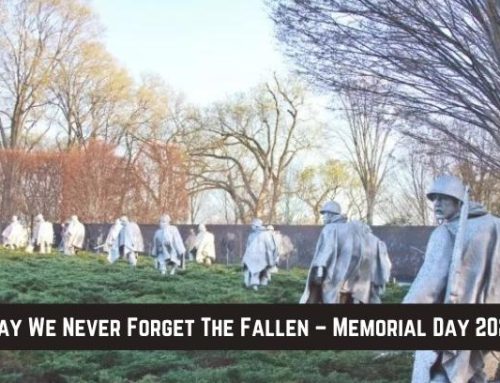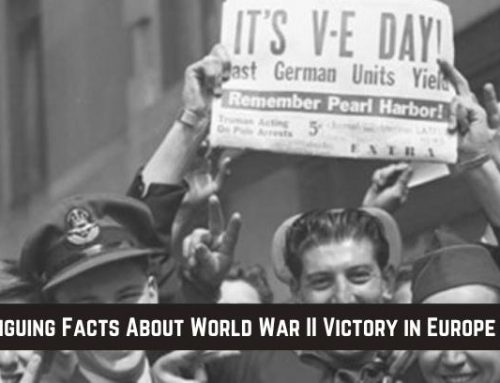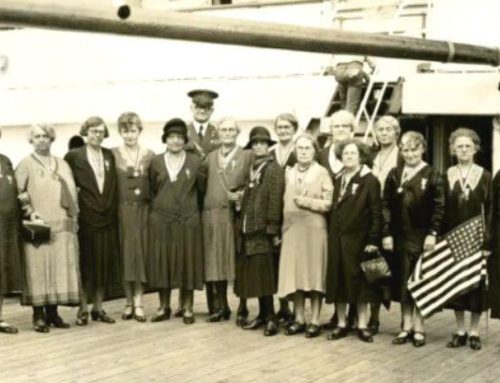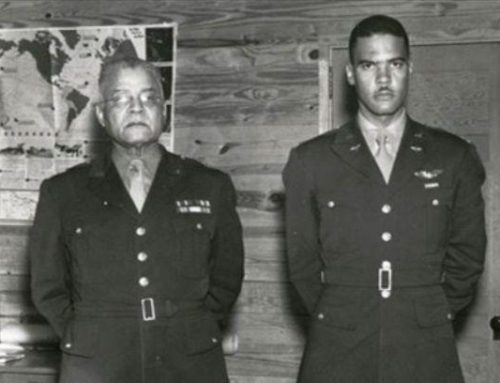The Battle of Okinawa and Its Impact on World War II
The Battle of Okinawa lasted from April 1 to June 22, 1945 and was the final and possibly bloodiest battle of World War II before the end of this war.
Fought on the Japanese island of Okinawa, it was the Allies final push in the Pacific theater to capture Japan and end the war outright since the Allies were defeating Germany in the European theater and eventually surrendered on May 8, 1945.
The Battle of Okinawa would be a critical event in American and Japanese history and mark the beginning of the end of this terrible war.
World War II Rages On In The Pacific
While the war in Europe was nearing its end, the battle in the Pacific raged on one island at a time.
The Battle of Iwo Jima, a battle with high military casualties and thought to be one of the worse thus far, had weakened Japan’s defenses, yet the Americans knew that securing Okinawa was critical to a successful invasion of Japan.
On Easter Sunday, April 1, 1945 nearly 180,000 American troops landed in Okinawa to face off against 130,000 Japanese troops in what became the final island battle.
The Brutal Battle of Okinawa
Unlike Iwo Jima or the beaches of Normandy, the American troops on Okinawa initially moved easily ashore facing little resistance.
Unknown to the Americans, the Japanese troops had fallen back to a set of defensive positions.
Soon the rapid progress inward ground to a slow bloody crawl when they reached the firmly entrenched Japanese positions.
Four days after the Americans had landed, the Japanese military launched a surprise attack of kamikazes on the U.S. Navy.
When the attack was over, more than 150 U.S. and Allied naval ships were sunk or damaged.
The bloody land battle raged for 82 days, turning into what was called by Winston Churchill “the most intense and famous in military history” as Japanese troops defended their territory against advancing Allied forces.
The battle ended on June 22, 1945.
By the time Okinawa was declared secure on June 22, there were over 12,500 American casualties and 49,000 injured as well as more than 110,000 Japanese military casualties plus 150,000 civilians on the largely populated island.
The Bombing and Surrender of Japan
Following the surrender of Germany on May 8, 1945, the Big Three Allied leaders consisting of President Harry Truman, Prime Minister Winston Churchill, and Soviet leader Joseph Stalin met in Potsdam, Germany from July 17 thru August 2, 1945 to discuss terms for the end of World War II.
The Potsdam Declaration was jointly issued on July 26, 1945 by Truman, Churchill, and the Chairman of China Chiang Kai-shek, outlining surrender terms for the Empire of Japan which contained an ultimatum of complete destruction of Japan if they did not surrender.
After the staggering losses incurred by both sides during the Battle of Okinawa and estimates that 1 million or more people could lose their lives if Japan was invaded, President Harry Truman authorized the use of the newly tested atomic bomb anytime after August 3, 1945 in an attempt to finally bring an end to the fighting.
The first bomb was dropped by the B-29 bomber Enola Gay over Hiroshima on August 6, 1945, immediately killing 80,000 civilians with many more to expire later due to radiation exposure.
Japan only doubled down their effort at that point, still unwilling to surrender.
In response, Truman ordered a bigger, more powerful bomb to be dropped on Nagasaki three days later, initially killing another 35,000 people and 50,000 more due to radiation exposure.
At the same time, the Soviet Union declared war on Japan on August 8, 1945 and invaded Japanese-held territories in Manchuria.
Combined, these events culminated in the realization by Japan’s Emperor Hirohito that Japan must surrender, an announcement that he made on a radio broadcast in Japan on August 15, 1945.
On September 2, World War II officially ended with the signing of an instrument of surrender by representatives of Japan and the United States aboard the USS Battleship Missouri in Tokyo Bay.





